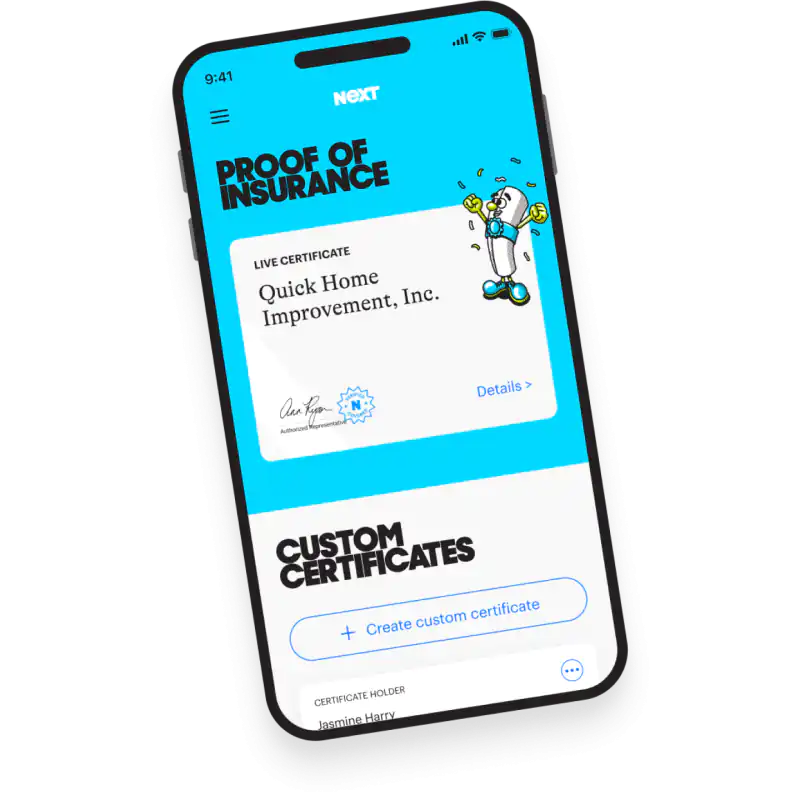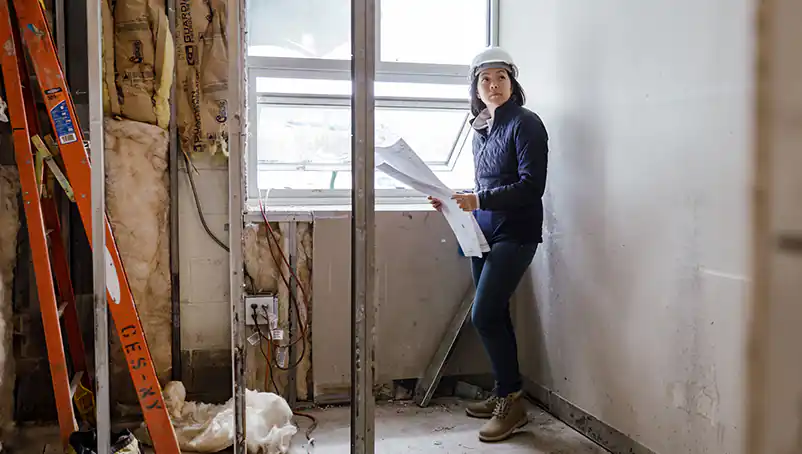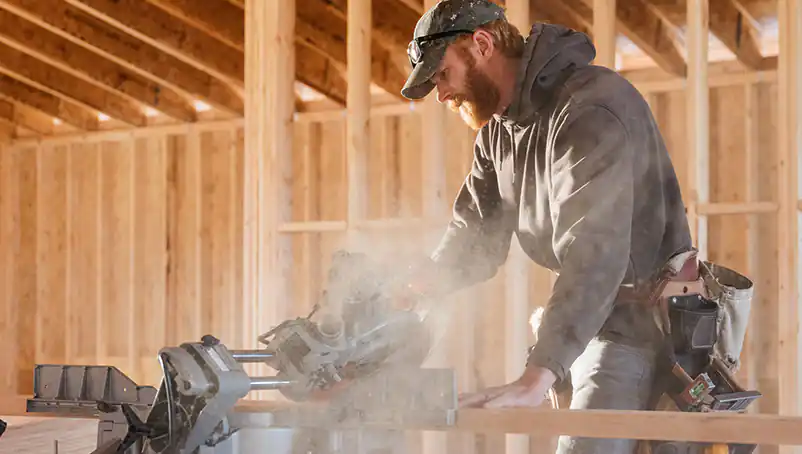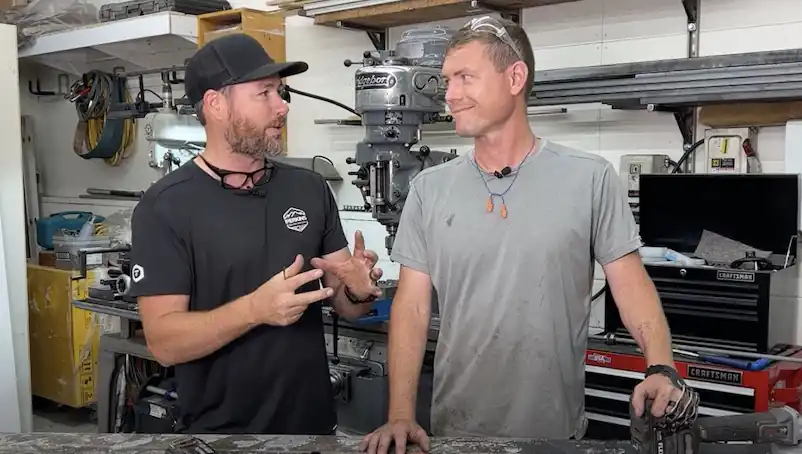
General contractor liability insurance designed to protect your business
NEXT Insurance is a one-stop-shop to help you get the general contractor insurance you need to protect your business from accidents, injured employees, legal fees and damaged vehicles. Our insurance packages typically include:
- General liability
- Workers’ compensation
- Commercial auto
- Tools and equipment
- Commercial property

General Liability
general liability can help you pay for:

Contractors’ E&O
professional liability can help you pay for:

Commercial Auto
commercial auto can help you pay for:

Workers' Compensation
workers compensation can help you pay for:

Tools & Equipment
inland marine can help you pay for:

Commercial Property
commercial property can help you pay for:
What customers say about us
NEXT is the BEST
In need to commercial insurance, NEXT is your one stop shop!
gilbert f.
Chris Reinitz Construction
Best insurance should be your next insurance for your small business
Chris R.
Awesome
The best insurance company I've delt with by far.
Jared B.
Great service
Very easy to use site
Theodore S.
Quick service.
They were just there for me instantaneously.
MattHew H.
New to NEXT Insurance
I am a new business owner whom just started, I am excited to work with Next, so far their website is so easy to move around and easy to understand.
Ofelia U.
Pleased
I heard about NEXT via a instagram post and it piqued my interest. I was pleasantly surprised at ease of website and the value Would highly recommend
Jesus C.
Next is the BEST
Best customer service ever! Everyone was quick to respond with everything I needed
christopher h.
consolidating insurance
My sales provider help me thru the process. It was so easy.
kelly J.
General Liability
Super simple process
Jordan S.


You can save up to 25% in discounts on General Contractor insurance
You can pay for your insurance package on a monthly or annual basis and you can cancel instantly at any time.

How much does general contractor insurance cost?
General contractor insurance costs vary based on the risks that your business faces, such as:
- The types of projects you work on
- Where your projects are located
- Your payroll and the kinds of jobs our employees do
- The number and types of vehicles you use at work
General contractors save up to 25% in discounts, depending on the kind of work that’s done. More risky professions can expect to pay more.
Learn more about general contractor insurance costs and coverage.

General contractor insurance requirements
General contractors are almost always required to have insurance due to the risk of injury and property damage. You might need insurance to:
- Get a general contractor license. Learn more about the general contractor license requirements in your state.
- Win a bid or start work on a project. Clients and local governments might ask you to have active insurance — usually general liability or workers’ compensation.
- Hire employees or subcontractors. Most states require workers’ compensation from general contractors with employees.
- Drive for business purposes. General contractor business-owned vehicles typically need commercial auto insurance.
- Repair or replace property you own or rent. Protect your inventory, equipment and even the building that you lease or own.
Frequently asked questions about general contractor insurance
Here are some of the most common questions we get about general contractor insurance. If you don’t find the answers you need here, our licensed, U.S.-based insurance advisors are standing by to help via online chat or phone.
How does business insurance protect general contractors?
Damage to someone’s property
Your ladder slips and crashes through a living room window. The general liability coverage in your insurance package could help pay for a replacement.**Accidents that hurt someone
A distracted homeowner trips over your extension cord, breaks their ankle and sues you. Your general liability coverage could also come into play here by helping to pay for medical costs and legal fees.Workplace injuries
Your employee has to get medical care and cancel some jobs after they slip and cut their finger with a drill. Workers’ compensation coverage with business owner’s coverage can help cover medical bills and lost wages. Workers’ comp is usually required by law if you have employees.Injuries and damage involving your business vehicles
You get into a fender bender with your work truck that was ruled your fault. Commercial auto coverage can help pay for the repairs and some of the rental costs, depending on the policy limits. This coverage is also usually required by law for business-owned vehicles.Theft or damage to your tools
Motor failure puts your compressor out of commission. The tools and equipment insurance that is optional with your general liability coverage can help pay for replacement and repair costs.Damage to your own property
A water pipe bursts in your office and floods the entire space. Property insurance can help with replacement or repair costs if your owned or leased property is damaged due to a covered event, such as fire, tornado or vandalism.I’m a general contractor, does this insurance allow me to hire subcontractors?
I need to add a General Contractor or employer as an additional insured, can I do that with this policy?
What is Contractors’ Errors and Omissions coverage?
I subcontract out all of my work. Am I still eligible for a quote and policy?
Will my General Liability policy cover my tools and equipment?
Who is covered under this policy?
If I subcontract all of my work, why do I need General Liability coverage?
- You may still be at risk of causing damage during a site visit, especially if you run projects that are remodels or additions, where a third party's property is potentially vulnerable.
- You could be at risk for Personal and Advertising Injury, which includes accidental copyright infringement, defamation of character, advertising infringement, or caused some other form of non-tangible harm.
- You could be held responsible if you instruct your subcontractors to operate a certain way, and injury arises because of your method, especially if your instructions corrected or changed the actions or processes of your subs.
- You could be held responsible for certain actions of your subcontractors, as you were responsible for hiring them.
I’m a jack-of-all-trades - what policy do I need?
Will my policy include coverage for work that I don’t have a license for?
How do I cancel my policy?
- Log in to your account using your email or phone number
- On the homepage of your customer account, click the blue arrow to the right of the policy you’d like to cancel
- Click "Cancel coverage"



